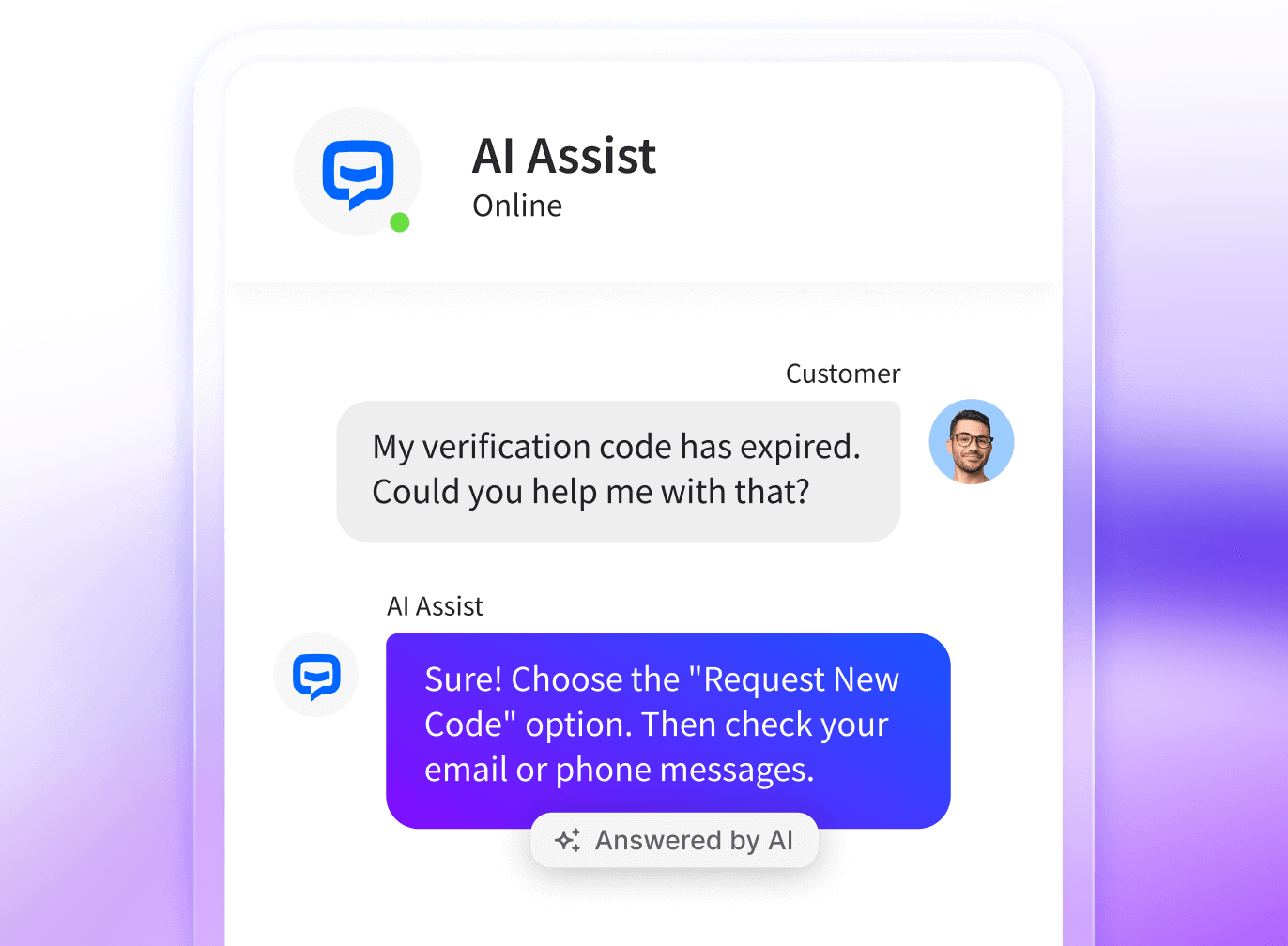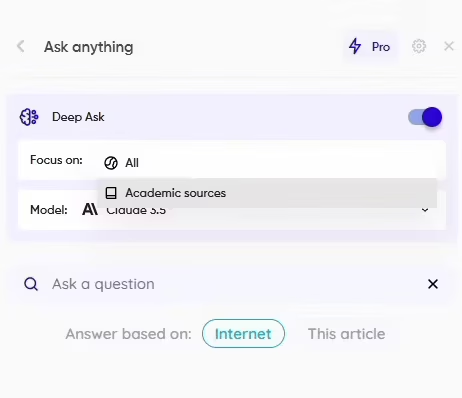Why use an AI chatbot for getting answers ?

AI chatbots have revolutionized digital interactions, providing users with instant, intelligent, and context-aware responses. These advanced AI-powered assistants leverage natural language processing (NLP), deep learning models, and large-scale data training to offer human-like conversations and efficient information retrieval.
Unlike traditional search engines that require users to sift through multiple results, AI chatbots provide direct, accurate, and conversational responses tailored to user queries. Their 24/7 availability, continuous learning capabilities, and ability to handle multiple interactions simultaneously make them indispensable for customer support, knowledge management, and automation. If you’re looking to optimize your interactions, here’s how to get answers using AI more efficiently.
AI chatbot: a conversational AI for any query
AI chatbots are designed to understand human language, analyze context, and provide meaningful responses. Unlike simple rule-based bots, they use machine learning and deep learning models to engage users in dynamic, personalized conversations.
What is an AI chatbot ?
An AI chatbot is an advanced conversational agent designed to interpret, generate, and refine human-like interactions. Unlike scripted bots, which rely on predefined decision trees, AI chatbots use neural networks and transformer models like GPT-4, BERT, and Claude to understand and respond to queries dynamically.
What kind of questions can AI chatbots answer?
- General knowledge: “What is quantum computing?
- Analytical insights: “Compare machine learning and deep learning approaches.
- Creative content generation: “Write a product description optimized for SEO.
- Technical assistance: “Fix this Python script for data processing.
How AI chatbots process user queries
- Input processing: Converts text into structured data using semantic parsing and NLP tokenization.
- Contextual embedding: Maps queries to pre-trained knowledge bases for accurate interpretation.
- Deep learning algorithms: Uses transformer-based architectures to analyze context and generate meaningful responses.
- Output optimization: Selects the most relevant, coherent, and contextually appropriate response.
Try Wiseone for free with a 7-day pro trial
no credit card required
Popular AI chatbots and their capabilities
| AI chatbot | Technology | Key strengths |
|---|---|---|
| ChatGPT | GPT-4, Transformer NLP | Highly versatile, excels in generative AI tasks. |
| Google Bard | PaLM 2, Search Integration | Best for real-time fact-checking and knowledge retrieval. |
| Claude AI | RLHF-based language model | Ethical AI prioritizing user safety and content moderation. |

AI-based chatbots vs. rule-based chatbots
AI chatbots significantly outperform traditional rule-based chatbots due to their learning capabilities, contextual awareness, and ability to generate natural, adaptive responses.
Key differences between AI chatbots and rule-based chatbots
The table below highlights the main differences between traditional scripted chatbots and AI-powered conversational assistants.
| Feature | Rule-based chatbots | AI chatbots |
|---|---|---|
| Response accuracy | Limited to predefined scripts | Generates context-aware, natural responses. |
| Learning capabilities | No self-improvement | Adapts and improves with machine learning. |
| Scalability | Requires manual updates | Expands autonomously with continuous learning. |
| User experience | Basic interactions | Engaging, intuitive, and contextually relevant conversations. |
Join the Wiseone community
They’re talking about us on social media.
Implementing an AI chatbot for enhanced query resolution
To ensure a smooth and effective deployment, AI chatbots must be carefully configured, trained, and optimized. Here are the essential steps to integrate an AI chatbot into business operations.
Steps to deploy an AI chatbot
Following a structured implementation process is crucial for achieving high-quality chatbot interactions and maximizing automation efficiency.
- Select the AI framework: Choose a robust NLP engine such as Dialogflow, Rasa, or IBM Watson.
- Curate a high-quality training dataset: Develop intent-based training sets for high response accuracy.
- Train the AI model: Fine-tune language models for optimal intent recognition and entity extraction.
- Refine conversations and response flow: Implement multi-turn conversation logic for a smooth user experience.
- Monitor performance metrics: Use analytics tools to track engagement, retention, and accuracy rates.
We recommend this resource to you
How do AI response generators work
How to find the answer to any question online
What is the purpose of AI generated answers